To achieve the “double carbon” goals in China and worldwide, it is crucial to vigorously develop efficient and low-cost new photovoltaic technologies. Perovskite solar cells (PSCs), with their advantages of low cost, high efficiency, solution processability, and large-area preparation, have become the most commercially viable new photovoltaic devices. Although the power conversion efficiency (PCE) of PSCs has significantly increased from 3.8% to more than 26%, there is still a large gap between its theoretical efficiency (33%). At the same time, while the stability life of the device has been extended from a few minutes to thousands of hours, there is still a huge gap from the commercial standard or crystalline silicon’s service life of more than 25 years.
Research shows that factors such as annealing temperature and crystallization rate affect the surface and grain boundaries of perovskite (PVK) films during the low-temperature solution process fabrication of PSCs, which leads to various defects at different interface positions such as hole transport layer (HTL) or electron transport layer (ETL). Therefore, it is urgent to further improve the efficiency and stability of PSCs through molecular design, chemical synthesis of high-performance carrier transport materials, and passivation materials.

Professor Zong-Xiang Xu’s research group from the Department of Chemistry, College of Science at the Southern University of Science and Technology (SUSTech) has recently made a series of research progress in the field of PSCs. They have designed and synthesized a series of novel materials that can be used as passivator and dopant-free hole transport materials (HTM) to further improve the efficiency and lifespan of PSC and reduce costs.
They have published five academic papers in renowned journals such as Nano Energy, Advanced Functional Materials, ACS Energy Letters, Joule, and Advanced Energy Materials.
Phthalocyanine hydrogenation elevates solar cell performance
In recent years, Prof. Xu’s research group has published several high-performance passivators that effectively enhance PSC efficiency and stability. (Journal of Energy Chemistry, 2023, 85, 39-48; Chemical Engineering Journal, 2023, 462, 142328; Angewandte Chemie International Edition, 2022, 134, e202117; Journal of Energy Chemistry, 2022, 67, 263-275)
Under the guidance of computational models, 1,4,8,11,15,18,22,25-octakis(hexylthio)phthalocyanine with different central atoms substituted (NP-SC6-MPc) were synthesized and used as passivation materials in normal (n-i-p) PSC devices PVK/HTL interfaces. Through comprehensive research on molecular structure, electronic structure, and Lewis acid-base interactions between phthalocyanine molecules and defects in perovskites, it was found that the phthalocyanine with central hydrogen atoms (NP-SC6-H2Pc) had the most effective passivation effect on perovskite. The PCE of the PSC device treated with NP-SC6-H2Pc reached 24.03% (certified as 23.78%), and the stability was also excellent in testing.
This significant finding represents the first observation that dynamic transfer of the hydrogen atoms in phthalocyanine can enhance the passivation effect at active sites S/N, which provides an important theoretical basis and practical experience for improving the efficiency and stability of PSC devices (Figure 1).
The related research results, entitled “Enhancing perovskite solar cell performance through dynamic hydrogen-mediated polarization of nitrogen and sulfur in phthalocyanine”, have been published in Nano Energy.
Joint Ph.D. students Ge-Ping Qu and Ying Qiao from SUSTech and the Harbin Institute of Technology (HIT) are the co-first authors of this paper. The corresponding authors included Professor Dominic V. McGrath from the University of Arizona and Associate Professor Yang-Gang Wang and Professor Zong-Xiang Xu from SUSTech.
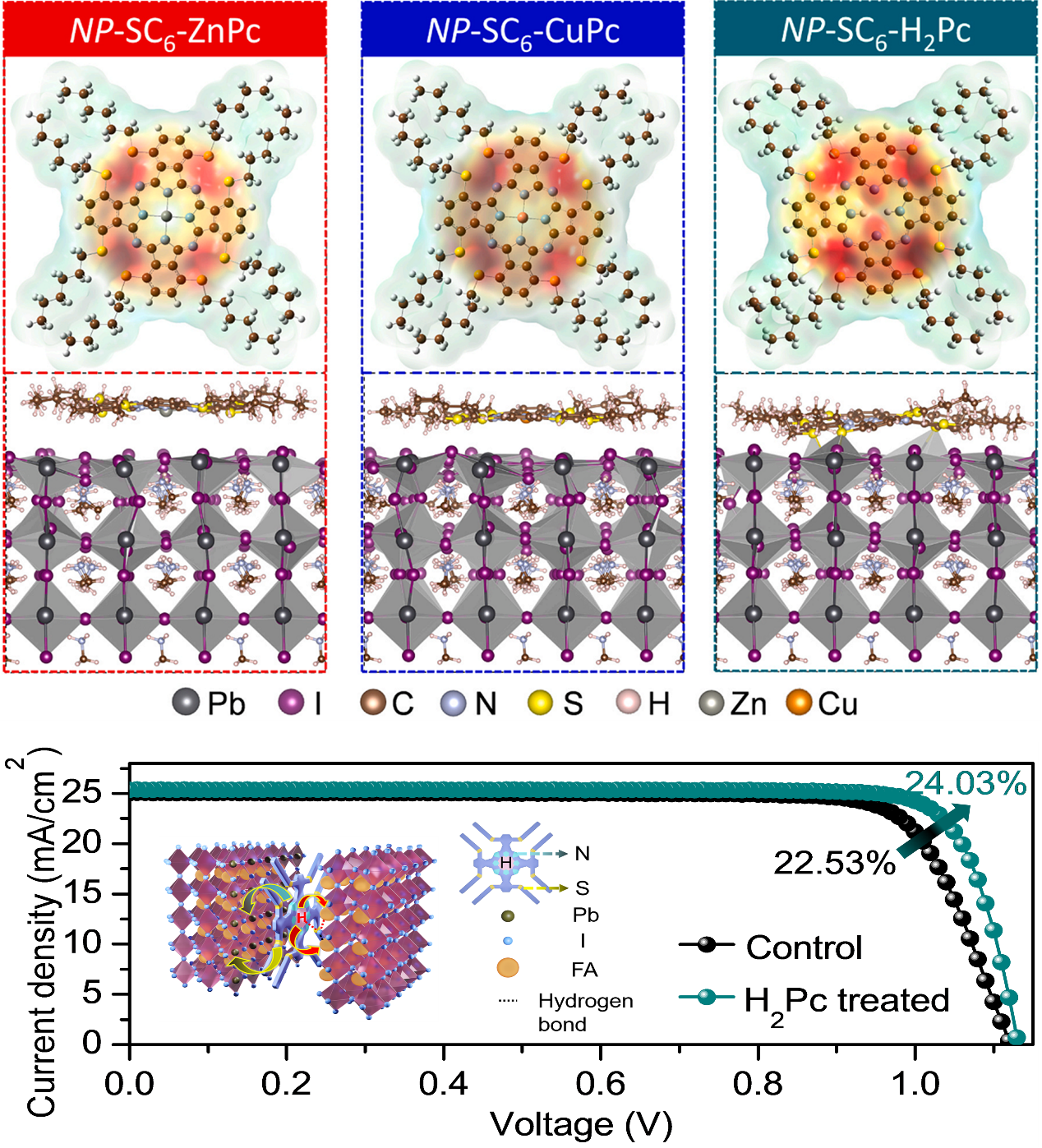
Figure 1. Electronic structure of phthalocyanine and performance of passivated perovskite solar cells
SnO2/PVK interface enhanced by Ti3C2TX integration
The buried interface of PVK/ETL for normal PSC also has defects, which significantly affect the device’s performance. At the same time, due to the complex physical and chemical properties of metal oxide ETL/PVK interfaces, there is little research on the reaction at this interface, and its impact mechanism still needs further study.
In their research on SnO2/PVK interface interaction, Zong-Xiang Xu and his team conducted in-depth studies on the causes of degradation of perovskite at the interface and found that PbI2 residues and metal Pb0 were the products of decomposition of perovskite. Introducing an optimized amount of Ti3C2TX-based MXene 2D material at the SnO2/PVK interface detaches the SnO2 hydroxyls, which are found to be responsible for interfacial ion migrations. In addition, Ti3C2TX passivates the interface defects via its functional groups and establishes ballistic pathways for electrons with high chances of non-radiative recombination. Thus, 25.19% (certified as 24.41%) of efficiency with superior long-term operational stability is achieved. (Figure 2).
The related research results, entitled “Unraveling the reasons behind SnO2/perovskite defects and their cure through multifunctional Ti3C2TX”, have been published in Advanced Functional Materials.
Danish Khan, a previous postdoctoral fellow of SUSTech, Imran Muhammad, a postdoctoral fellow of SUSTech, and Ge-Ping Qu are the co-first authors of this paper. The corresponding authors included Associate Professor Zeguo Tang from Shenzhen Technology University, along with Associate Professor Yang-Gang Wang and Professor Zong-Xiang Xu from SUSTech.
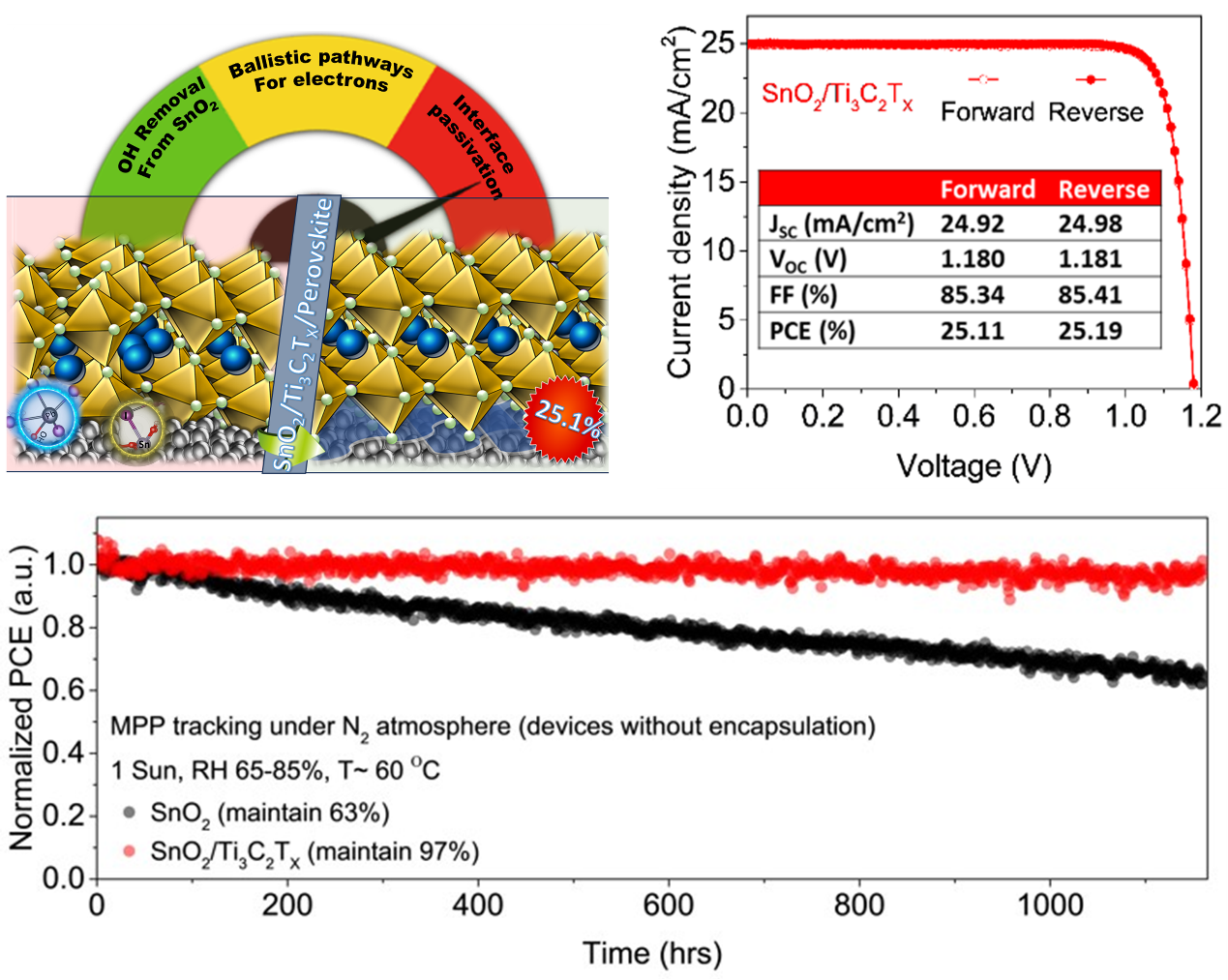
Figure 2. Passivation mechanism of MXene and PSC device performance
Revolutionizing perovskite/HTM interfacial contact with BCzSPA
The dopant-free hole transport material plays a crucial role in determining the device’s PCE, stability, and cost. By molecularly designing the hole transport material to improve its semiconductor properties, we can not only reduce the carrier recombination rate and increase the PCE but also isolate perovskite active materials from water and oxygen to enhance device stability. To improve the performance of normal PSC devices, Zong-Xiang Xu and his team designed and synthesized a cost-effective N, N’-bicarbazole-based molecule, BCzSPA, with a 3D conjugated extended “L”-type configuration, to fix the molecular packing model and charge hopping channel.
By implementing mesoscale molecular tailoring strategies to order the molecular stacking of BCzSPA, they significantly realized a dense 3D mosaic self-assembly with intermolecular coupling and multichannel charge hopping properties. The proper incorporation of heteroatom-promoted multidirectional molecular interactions and enhanced morphological stability have simultaneously optimized the perovskite/HTM interfacial contact, inhibited defect formation, and further suppressed charge recombination loss.
As a result, the resulting PSCs have achieved a promising efficiency of 25.42% (certified PCE, 24.53%) for small-area (0.1 cm2) as well as 24.01% for large-area (1 cm2) devices, while demonstrating remarkable stabilities, T80 lifetimes exceeding 2400 hours under operation or thermal aging at 85°C (Figure 3).
The related research results, entitled “Mesoscale Ordering 3D Mosaic Self-assembly of Dopant-free Hole Transport Material for Perovskite Solar Cells”, have been published in ACS Energy Letters.
Research Assistant Professor Xiaoyuan Liu and Research Assistant Keli Wang from SUSTech are the co-first authors of this paper. The corresponding authors included Professor Yonghua Chen from Nanjing Tech University, Professor Xiong Li from Huazhong University of Science and Technology, and Professor Zong-Xiang Xu.
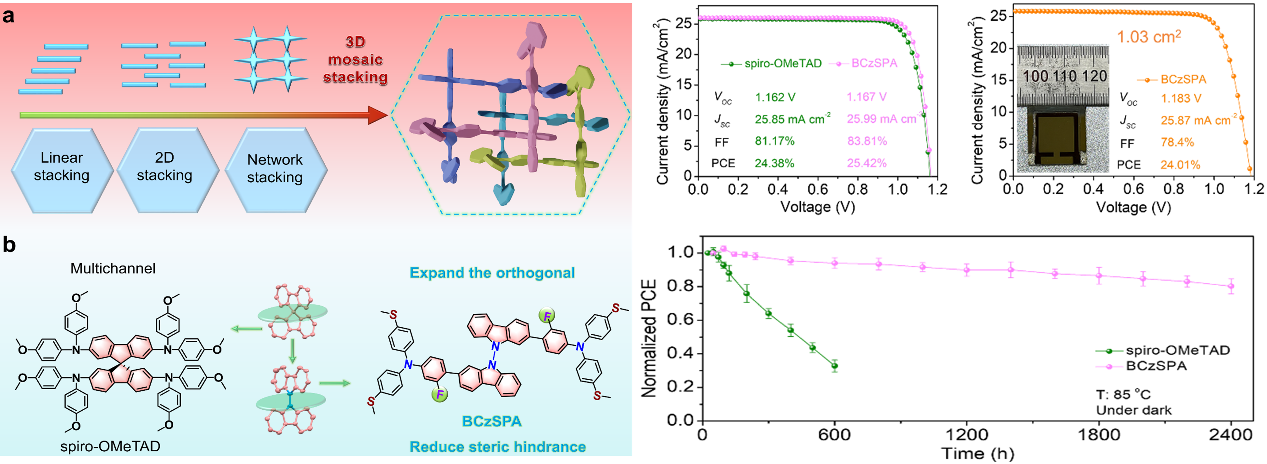
Figure 3. Molecular design of BCzSPA-based dopant-free hole transporting materials and related PSC device performance
SAM molecular design elevates inverted PSC performance
The performance of inverted (p-i-n) PSC devices has surpassed that of their counterparts with n-i-p structure, owing to their simpler fabrication process, low-temperature film deposition, absence of hysteresis, and suitability for manufacturing tandem devices with traditional solar cells. In recent years, self-assembled molecular (SAM) materials have been widely used in high-performance p-i-n PSC device hole selected layers (HSLs), due to their tunable energy levels, low cost, high optical transmittance, and ability to passivate defections on the surfaces of perovskite and TCO substrates. However, most commercially available SAM materials such as Me-4PACz use alkyl chains as linkers, which limits their hole transport capacity and stability due to the insulating properties of carbon chains.
To overcome this limitation, Zong-Xiang Xu’s team and collaborators designed and synthesized a new SAM molecule called Me-PhpPACz by replacing the flexible butyl linker with a conjugated phenylene group. The Me-PhpPACz-derived inverted PSCs exhibited an unprecedented PCE of 26.17% (certified of 26.12%) with an extremely high fill factor of 86.79% and exceptional long-term stability (Figure 4). The result from ultrafast spectroscopy shows that phenylene-linked SAMs not only modulate the work function of indium tin oxide electrodes but also facilitate charge carrier extraction and transport.
This detailed study helps deepen understanding of the delicate relationship between SAM molecular design and PSC performance, paving the way for further enhancing the efficiency and stability of PSCs and promoting the industrialization of perovskite photovoltaic technology.
The related research results, entitled “Conjugated linker-boosted SAM molecule for inverted perovskite solar cells”, have been published in Joule.
Ge-Ping Qu, Siyuan Cai, a joint Ph.D. student of SUSTech and the Hong Kong University, Ying Qiao, a Ph.D. student of SUSTech, and Deng Wang, a joint Ph.D. student of SUSTech and the City University of Hong Kong, are the co-first authors of this paper. The corresponding authors included Professor Alex K.-Y. Jen from the City University of Hong Kong, along with Associate Professor Xihan Chen and Professor Zong-Xiang from SUSTech.
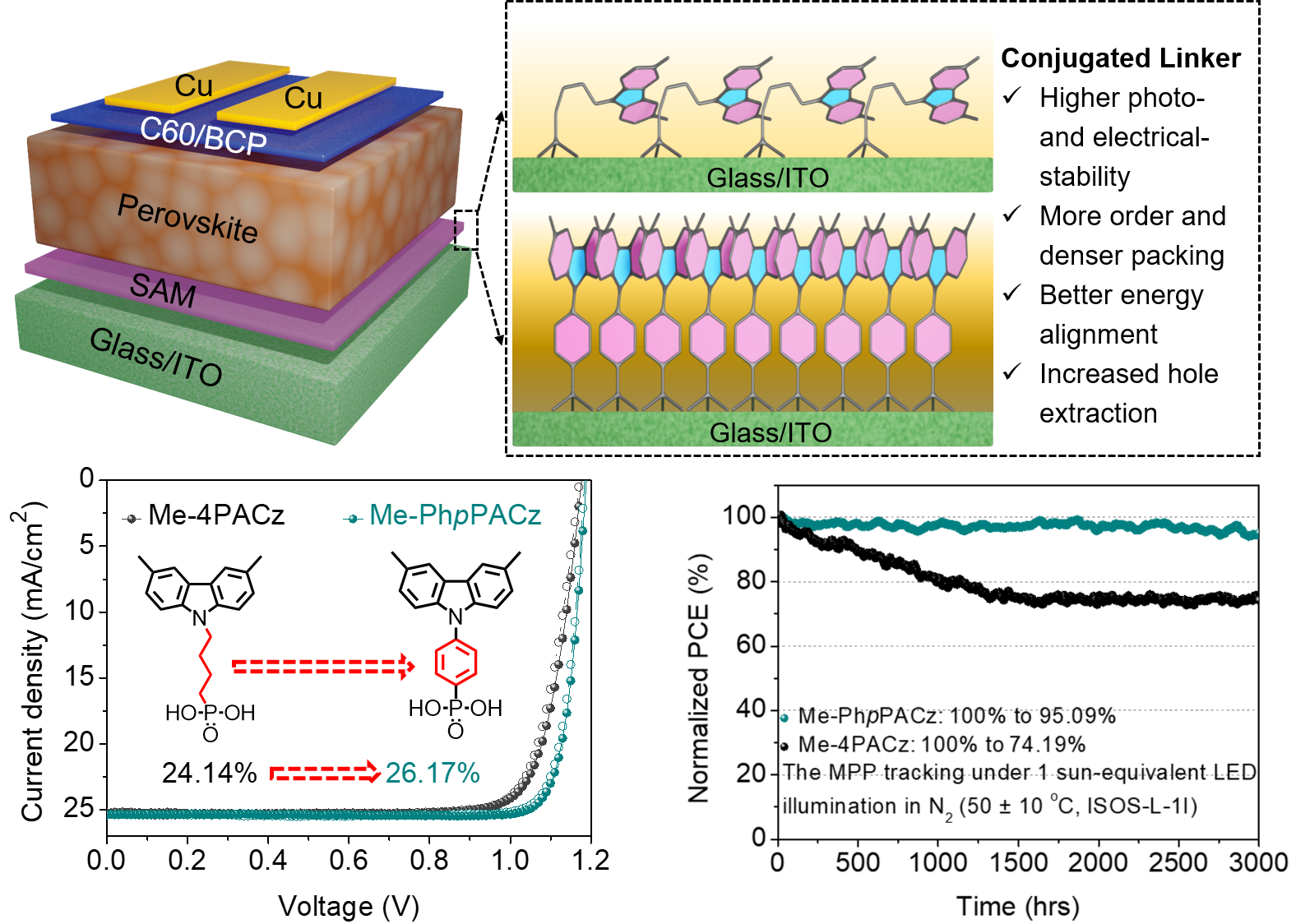
Figure 4. SAM materials and PSC device performance
Navigating PSTSC challenges: Bandgap and substrate texturing
Since its birth in 2015, tandem solar cells based on PSCs with silicon solar cells (PSTSCs) have shown remarkable performance in photovoltaic applications. With the rapid improvement of device efficiency to 33.7% and theoretical conversion efficiency up to 42.5%, PSTSCs are considered as the only promising technology for low-cost mass production with efficiency exceeding 30%.
However, the industrialization of PSTSCs faces numerous challenges, including two major obstacles: wide band gap (WBG) perovskites and textured substrates, trigger phase segregation, voltage deficit, perovskite strain, high recombination rates, shunt paths, etc. In addition, the ill-defined relations of most of these issues to the WBG perovskites and silicon texture originating from the conflicting research outcomes have become severe impediments to developing PSTSCs. The complexity of these problems has made it difficult to understand the relationship between WBG perovskites and amorphous silicon substrates, which is a significant barrier to further improving the efficiency of PSTSCs.
Zong-Xiang Xu’s team collaborated with Tang Zeguo from Shenzhen Technology University to comprehensively analyze this problem, identifying the instability issues caused by the two main challenges. Additionally, the research also explains the main obstacles to commercializing PSTSCs and proposes possible solutions to overcome these commercial barriers. Finally, the article summarizes the latest developments in PSTSCs and provides an overview of future perspectives and prospects (Figure 5).
The related research results, entitled “Overcoming Two Key Challenges in Monolithic Perovskite-Silicon Tandem Solar Cell Development: Wide Bandgap and Textured Substrate—A Comprehensive Review”, have been published in Advanced Energy Materials.
Danish Khan and Ge-Ping Qu are the co-first authors of this paper. The corresponding authors included Associate Professor Zeguo Tang and Professor Zong-Xiang Xu.
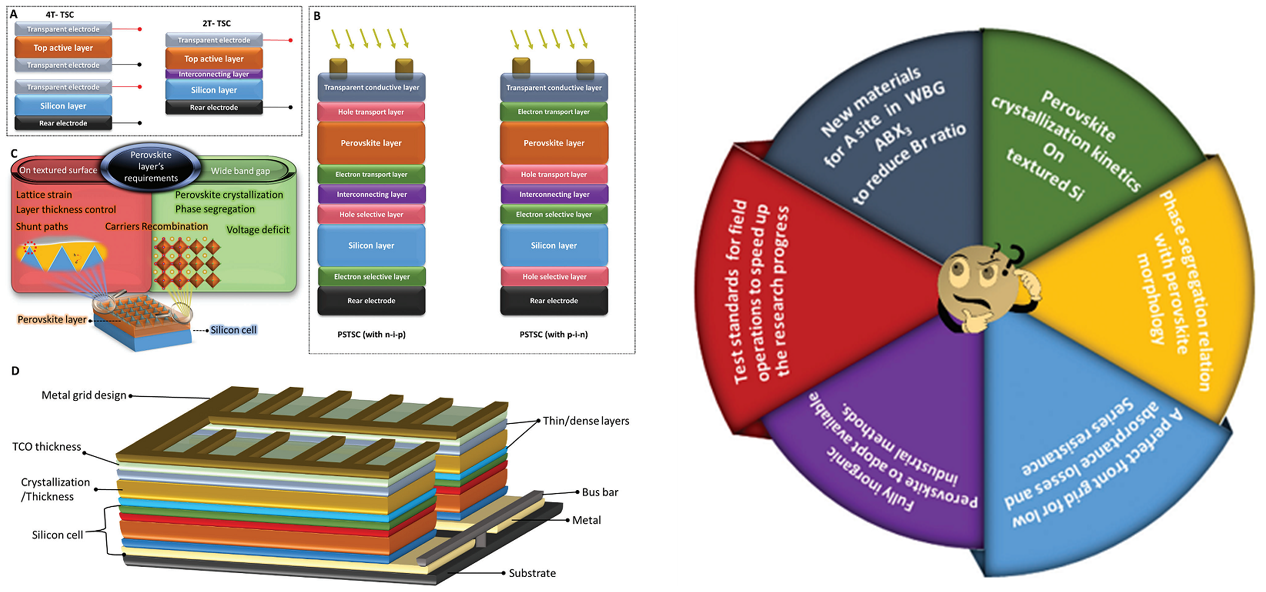
Figure 5. Perovskite tandem solar cells and research roadmap
The above research has been supported by the National Natural Science Foundation of China (NSFC), Guangdong-Hong Kong-Macao Joint Laboratory for Photonic-Thermal-Electrical Energy Materials and Devices, Major Program of Guangdong Basic and Applied Research from Guangdong Provincial Department of Science and Technology, and the Public Analysis & Testing Center of SUSTech.
Paper links (In order of appearance above):
Nano Energy: https://doi.org/10.1016/j.nanoen.2023.108974
Advanced Functional Materials: https://onlinelibrary.wiley.com/doi/full/10.1002/adfm.202316169
ACS Energy Letters: http://dx.doi.org/10.1021/acsenergylett.4c00585
Joule: https://doi.org/10.1016/j.joule.2024.05.005
Advanced Energy Materials: https://onlinelibrary.wiley.com/doi/10.1002/aenm.202302124
To read all stories about SUSTech science, subscribe to the monthly SUSTech Newsletter.
Proofread ByAdrian Cremin, Yingying XIA
Photo ByDepartment of Chemistry